This registered tangible cultural asset is now closed to the public, which is an absolute shame.
Japanese art
Sleep amongst lanterns, gods, and traditional motifs at the “very Japanese new sensation capsule hotel”.
“Betobeto-san” © 水木プロダクション (Mizuki Productions)
A parade of monsters is coming to Roppongi Hills this summer, and it sounds like a treat!
Nakagawa Masashichi Shoten, knows that despite being in business for 300 years, you haven’t really made it until you own Boardwalk, Mayfair, or in this case Kyoto’s Nishijin Textile Center.
Meguro Gajoen is one of the tangible properties of Tokyo, established in 1931 originally as a venue for wedding banquets. Now all that remains of the original architecture is a series of rooms connected by the “stairway of 100 steps“. In 2009 these rooms were classified as one of the cultural assets of Japan.
We recently visited the establishment to get a look at the traditional party rooms for ourselves, since they were open to the public for a very short window of time and we figured this would be our only chance. We were even permitted to take photos, so come and join us for a guided tour!
The Tōkaidō is perhaps the most important road in Japan’s history. Built in the 17th century, it connected the country’s two powerhouses: it runs from Kyoto, the imperial capital, to Edo (now Tokyo), the seat of the Shogunate. As well as being an important political and trade route, depictions of the Tōkaidō in art in literature were abundant and popular.
The best-known of these is Utagawa Hiroshiges’s series of ukiyo-e woodcut prints, The Fifty-three Stations of the Tōkaidō. Ukiyo-e woodblock printing like this continued to flourish in Japan until the 19th century.
Less famous than Hiroshige is the relatively unknown ukiyo-e artist Utagawa Yoshishige, who produced his own prints of the 53 stations along the Tōkaido – by depicting each station in the form of a potted landscape.
What do you think of the artwork featured in the new omnibus edition of Lewis Carroll’s Alice’s Adventures in Wonderland and Through the Looking Glass? When Japanese twitter user kasunoko tweeted a pic of the cover image, netizens in Japan were quick to claim that the artwork “doesn’t look very American”. In fact, several of them were of the opinion that the artwork seemed a bit on the, erm, Japanese side. Hmm, we’re not sure what they’re talking about, but check out the images after the jump and let us know your thoughts!
The Asahi Beer Oyamazaki Villa Museum of Art is located in Yamazaki, a place of historical significance in Japan since medieval times when it served as a field of battle for Toyotomi Hideyoshi to avenge the betrayal and murder of his lord Oda Nobuaga. The museum is currently hosting an exhibition that pays homage to the samurai of those ancient times, in a very modern and surreal fashion.
When you think of Japanese ukiyo-e, or woodblock prints, you probably think of Hokusai’s beautiful landscapes in his Thirty Six Views of Mount Fuji, or the stylized prints of beautiful courtesans in traditional Japanese dress. But there are also many pieces of Japanese art and ukiyo-e from the Edo to the Meiji period (between 1603 and 1912) that represent a more mythical and macabre side of Japan.
The following is a collection of 20 pieces that all contain skulls or skeletons in some form, many of them by renowned and famous artists of the time.
With global phenomenon like the Mario and Pokemon franchises under their belts, it’s easy to forget about Nintendo’s humble beginnings as a producer of traditional Japanese playing cards. This year the company goes back to their roots in their 2014 company brochure with beautiful artwork that celebrates both the old and the new.
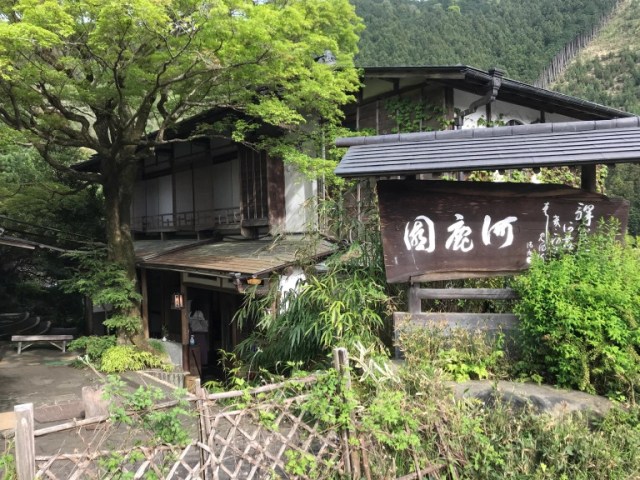
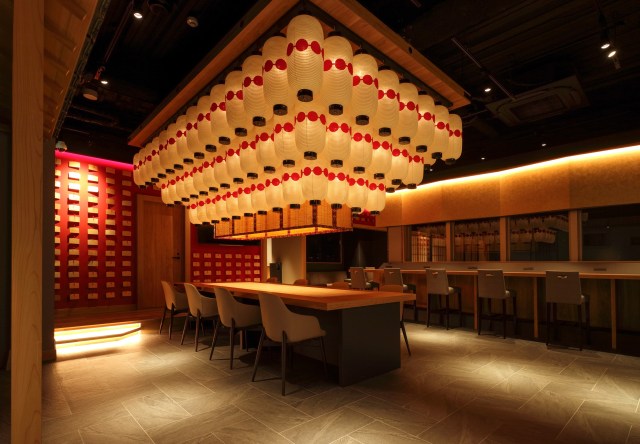
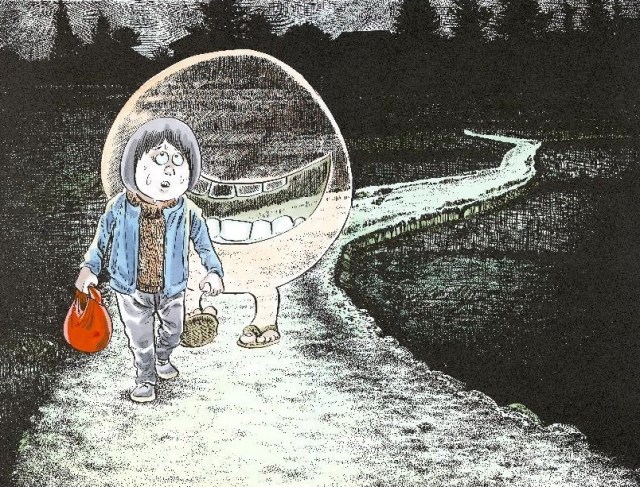
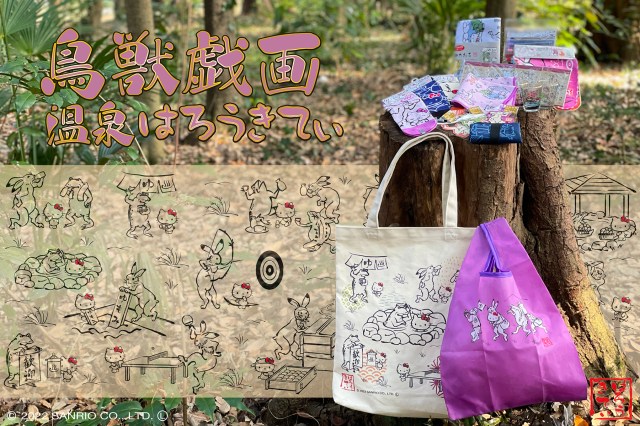
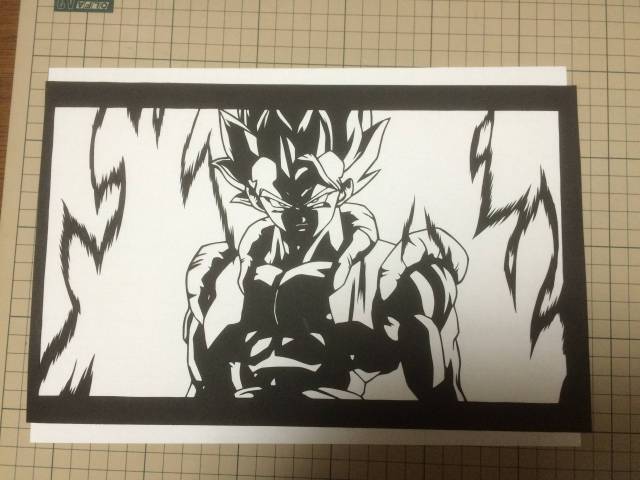
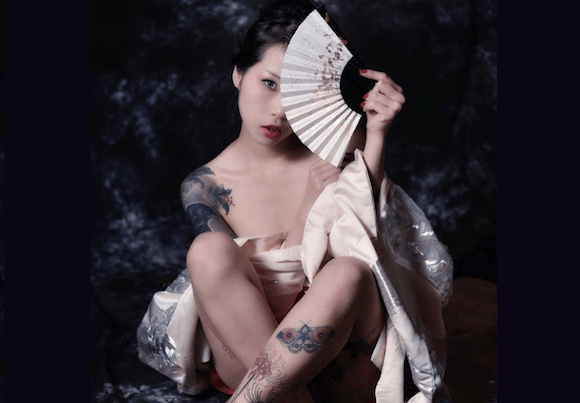
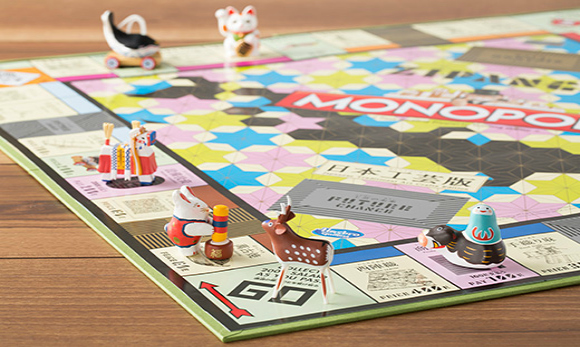
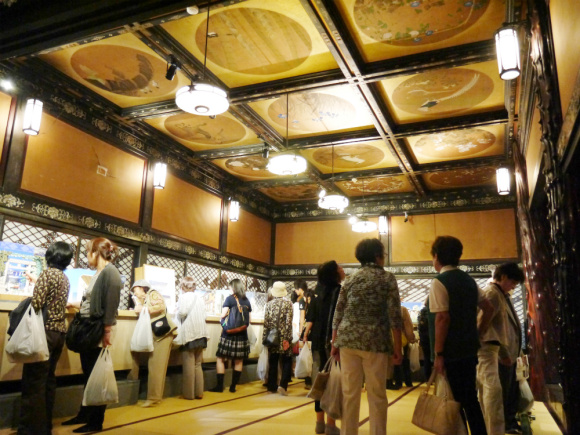
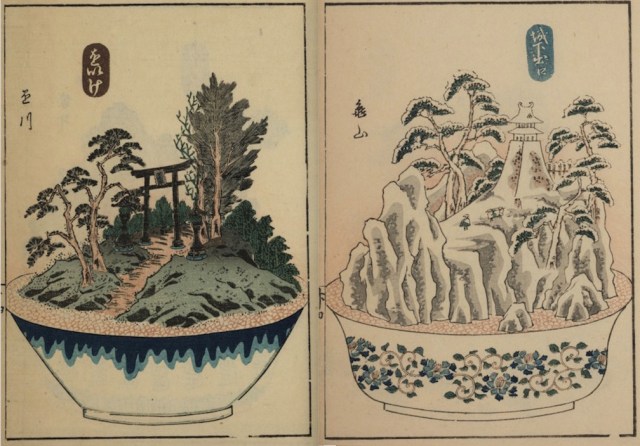
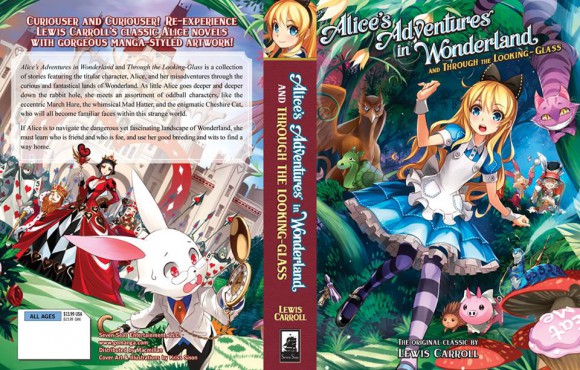
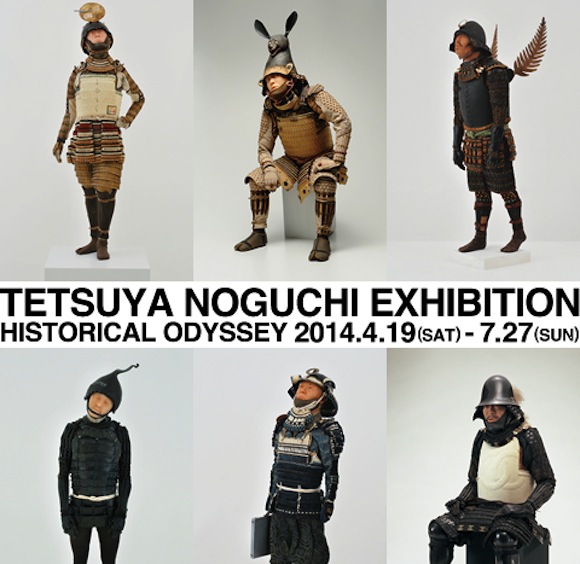
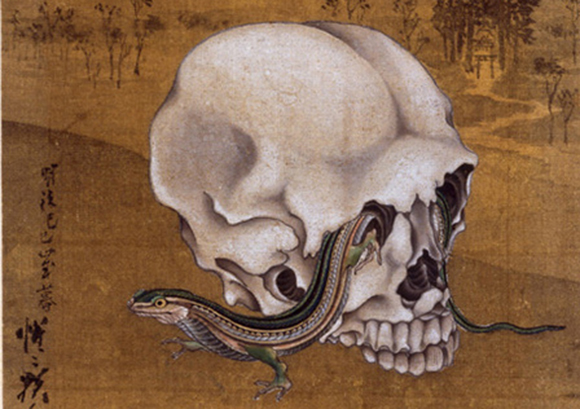
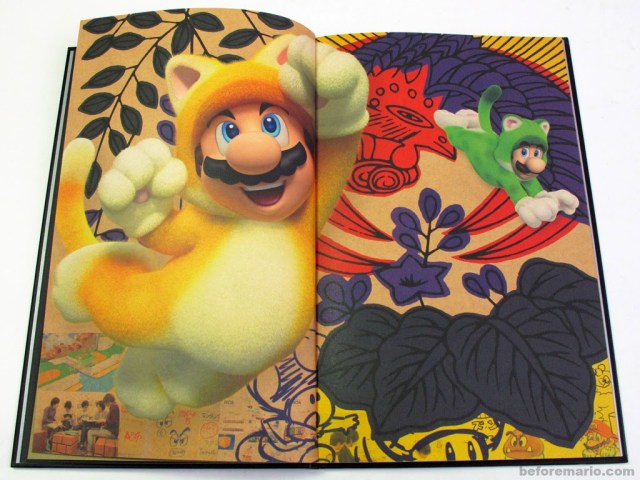
 McDonald’s new Happy Meals offer up cute and practical Sanrio lifestyle goods
McDonald’s new Happy Meals offer up cute and practical Sanrio lifestyle goods All-you-can-drink Starbucks and amazing views part of Tokyo’s new 170 meter-high sky lounge
All-you-can-drink Starbucks and amazing views part of Tokyo’s new 170 meter-high sky lounge Super Nintendo World expansion gets delayed for several months at Universal Studios Japan
Super Nintendo World expansion gets delayed for several months at Universal Studios Japan Studio Ghibli glasses cases let anime characters keep an eye on your spectacles
Studio Ghibli glasses cases let anime characters keep an eye on your spectacles Kyoto’s 100 Demons yokai monster parade returns!
Kyoto’s 100 Demons yokai monster parade returns! More foreign tourists than ever before in history visited Japan last month
More foreign tourists than ever before in history visited Japan last month Disney princesses get official manga makeovers for Manga Princess Cafe opening in Tokyo
Disney princesses get official manga makeovers for Manga Princess Cafe opening in Tokyo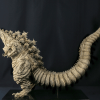 Godzilla figure based on Shin Godzilla CG model is stunningly detailed, shockingly expensive
Godzilla figure based on Shin Godzilla CG model is stunningly detailed, shockingly expensive Hamster abandoned at Tokyo ramen restaurant gets new home
Hamster abandoned at Tokyo ramen restaurant gets new home Fan art of new Digimon cast in old style sparks debate on what qualifies as “f***ing disgusting”
Fan art of new Digimon cast in old style sparks debate on what qualifies as “f***ing disgusting” Starbucks reopens at Shibuya Scramble Crossing with new look and design concept
Starbucks reopens at Shibuya Scramble Crossing with new look and design concept Beautiful new Final Fantasy T-shirt collection on the way from Uniqlo【Photos】
Beautiful new Final Fantasy T-shirt collection on the way from Uniqlo【Photos】 Is the new Shinkansen Train Desk ticket worth it?
Is the new Shinkansen Train Desk ticket worth it? Foreign English teachers in Japan pick their favorite Japanese-language phrases【Survey】
Foreign English teachers in Japan pick their favorite Japanese-language phrases【Survey】 Japanese convenience store packs a whole bento into an onigiri rice ball
Japanese convenience store packs a whole bento into an onigiri rice ball We try out “Chan Ramen”, an underground type of ramen popular in the ramen community
We try out “Chan Ramen”, an underground type of ramen popular in the ramen community Studio Ghibli releases Kiki’s Delivery Service chocolate cake pouches in Japan
Studio Ghibli releases Kiki’s Delivery Service chocolate cake pouches in Japan Japan’s bone-breaking and record-breaking roller coaster is permanently shutting down
Japan’s bone-breaking and record-breaking roller coaster is permanently shutting down New definition of “Japanese whiskey” goes into effect to prevent fakes from fooling overseas buyers
New definition of “Japanese whiskey” goes into effect to prevent fakes from fooling overseas buyers Our Japanese reporter visits Costco in the U.S., finds super American and very Japanese things
Our Japanese reporter visits Costco in the U.S., finds super American and very Japanese things Studio Ghibli unveils Mother’s Day gift set that captures the love in My Neighbour Totoro
Studio Ghibli unveils Mother’s Day gift set that captures the love in My Neighbour Totoro Foreign passenger shoves conductor on one of the last full runs for Japan’s Thunderbird train
Foreign passenger shoves conductor on one of the last full runs for Japan’s Thunderbird train Domino’s Japan now sells…pizza ears?
Domino’s Japan now sells…pizza ears? New Japanese KitKat flavour stars Sanrio characters, including Hello Kitty
New Japanese KitKat flavour stars Sanrio characters, including Hello Kitty Kyoto creates new for-tourist buses to address overtourism with higher prices, faster rides
Kyoto creates new for-tourist buses to address overtourism with higher prices, faster rides Sales of Japan’s most convenient train ticket/shopping payment cards suspended indefinitely
Sales of Japan’s most convenient train ticket/shopping payment cards suspended indefinitely Sold-out Studio Ghibli desktop humidifiers are back so Totoro can help you through the dry season
Sold-out Studio Ghibli desktop humidifiers are back so Totoro can help you through the dry season Japanese government to make first change to romanization spelling rules since the 1950s
Japanese government to make first change to romanization spelling rules since the 1950s Ghibli founders Toshio Suzuki and Hayao Miyazaki contribute to Japanese whisky Totoro label design
Ghibli founders Toshio Suzuki and Hayao Miyazaki contribute to Japanese whisky Totoro label design Doraemon found buried at sea as scene from 1993 anime becomes real life【Photos】
Doraemon found buried at sea as scene from 1993 anime becomes real life【Photos】 Tokyo’s most famous Starbucks is closed
Tokyo’s most famous Starbucks is closed One Piece characters’ nationalities revealed, but fans have mixed opinions
One Piece characters’ nationalities revealed, but fans have mixed opinions We asked a Uniqlo employee what four things we should buy and their suggestions didn’t disappoint
We asked a Uniqlo employee what four things we should buy and their suggestions didn’t disappoint Princesses, fruits, and blacksmiths: Study reveals the 30 most unusual family names in Japan
Princesses, fruits, and blacksmiths: Study reveals the 30 most unusual family names in Japan More foreign tourists than ever before in history visited Japan last month
More foreign tourists than ever before in history visited Japan last month Disney princesses get official manga makeovers for Manga Princess Cafe opening in Tokyo
Disney princesses get official manga makeovers for Manga Princess Cafe opening in Tokyo Godzilla figure based on Shin Godzilla CG model is stunningly detailed, shockingly expensive
Godzilla figure based on Shin Godzilla CG model is stunningly detailed, shockingly expensive Hamster abandoned at Tokyo ramen restaurant gets new home
Hamster abandoned at Tokyo ramen restaurant gets new home Fan art of new Digimon cast in old style sparks debate on what qualifies as “f***ing disgusting”
Fan art of new Digimon cast in old style sparks debate on what qualifies as “f***ing disgusting” Anime hair for a day! Testing the new Demon Slayer Kimetsu no Yaiba hair coloring wax
Anime hair for a day! Testing the new Demon Slayer Kimetsu no Yaiba hair coloring wax These beautiful pieces of sushi aren’t actually sushi
These beautiful pieces of sushi aren’t actually sushi The meaning of the mandarin and 6 other Japanese New Year traditions explained
The meaning of the mandarin and 6 other Japanese New Year traditions explained Korean tattoo artist’s small, simple, stylish “line tattoos” change our impression of getting inked
Korean tattoo artist’s small, simple, stylish “line tattoos” change our impression of getting inked No coins? Not a problem for Japan’s new cashless gachapon capsule toy vending machines
No coins? Not a problem for Japan’s new cashless gachapon capsule toy vending machines Haku is…Chihiro’s dead brother? Studio Ghibli fans blown away by Spirited Away theory
Haku is…Chihiro’s dead brother? Studio Ghibli fans blown away by Spirited Away theory Japanese black curry “experiment” takes place at an unlikely restaurant branch in Tokyo
Japanese black curry “experiment” takes place at an unlikely restaurant branch in Tokyo